Yamaha DM7: A Dante equipped monster for Live, Broadcast and Studio
The Yamaha DM7 series lands as a powerful two-mixer lineup aimed at high-end professionals. The DM7 series offers a mind-blowing architecture allowing you to configure it for virtually any scenario. You can even run the DM7 as two independent mixing consoles simultaneously! We take a look at this Dante-equipped powerhouse…
Yamaha DM7 – A Digital Powerhouse
It’s not very often that we see Yamaha drop a new series of digital mixing consoles. In April, Yamaha released the compact powerhouse that is the Yamaha DM3. Now, with the DM7 series, Yamaha is aiming for top-flight professionals working in broadcast, live sound and general audio production.
The DM7 sits as Yamaha’s top-flight “self-contained” digital mixing desk, with the modular Yamaha Rivage system providing the ultimate flagship of the Yamaha range. The DM7 series incorporates some very unique features and a highly versatile workflow. Let’s take a dip into the specs and see what’s what…
Two Consoles in One
There are two main consoles which make up the DM7 range: The full-size DM7 and the DM7 compact. No prizes for guessing that the DM7 compact offers a smaller footprint, and lower input count, than the DM7! Additionally, there’s the DM7 Control Expansion Controller. The DM7 Control is an expansion controller allowing extra user control with items such as User Defined Keys, Scene Memory keys, Monitor Control keys and knobs, and a Panner joystick.
A remarkable feature of the DM7 series is the ability for a single DM7 console to literally function as two separate mixing consoles. You could use this feature, for example, to allow two engineers to provide two separate mixes: FOH and Monitors for example.
Massive Connectivity
The Yamaha DM7 offers you 32 analogue inputs and 16 analogue outputs; with the DM7 compact the analogue input count is halved. Of course, with digital consoles like these, the total input channel count can be greatly expanded with digital I/O. With the Yamaha DM7, you have access to up to 120 total input channels, with the DM7 Compact still offering a sizeable 72 input channels.
Nowadays, Dante is an essential form of connectivity for professional digital consoles and processors. All consoles in the DM7 range offer native Dante support without having to resort to expansion cards up upgrades. All models of the Ymaha DM7 series offer you up to 144 Dante inputs/outputs at 96 kHz, plus 48 mix, 12 matrix and 2 stereo buses.
Should you need additional connectivity, you can expand the DM7 series with I/O racks from the Yamaha R series and various Dante devices. You can also use the PY Card Slot to give you access to MADI, AES/EBU and other connection formats.
Computer Recording
Yamaha has included a very useful additional bonus in the form of multitrack audio recording over USB-C. Connecting a computer over USB-C gives you 18 channels of I/O; effectively turning the Yamaha DM7 into an audio interface. I can see multiple uses for this; from recording live shows to playback of backing tracks.
It’s another indication that a tremendous amount of thought has gone into the features of the DM7 series.
Powerful Mixing and Processing
It should come as no surprise, that Yamaha is bundling some powerful signal processing into the DM7 range. You’ll find an EQ section that’s derived from the flagship Rivage console, alongside a suite of freely assignable plugins and audio tools.
Taking a look through the press release, there are a few obvious highlights: Dan Dugan Automixing on up to 64 channels is one such included highlight. You’ll also find a selection of Yamaha’s Virtual Circuitry Modeling (VCM) plugins. For example, you’ll find the Portico 5033 EQ or the Portico 5043 compressor/limiter. Both of these Portico plugins were developed in collaboration with the late Rupert Neve.
Interface and Workflow
Personally speaking, when it comes to digital mixing consoles, workflow and interface are at the top of my priorities. It’s no good having a great-sounding desk if it’s a time-consuming nightmare to navigate! Yamaha has incorporated a newly designed interface on the DM7 series. The aim is to simplify and speed up workflow; something vitally important in time-sensitive situations!
The DM7 offers you two 12.1-inch multi-touch screens (one screen on the DM7 compact) and you’ll additionally find plenty of physical faders, buttons and controls. A new Channel View display promises quick access to important parameters. The Overview display, on the other hand, is useful for traditional “analogue” style mixing.
The only mixing console you’ll ever need?
Typically, when we cover a new mixing console, it’s very clear as to what application and market the console has been tailored to. In the case of the Yamaha DM7 series, however, its power and configurable nature mark it as a true all-rounder. I can very easily see this desk performing equally superb duty as a touring FOH console, broadcast truck console and studio desk.
Naturally, this level of power, processing and connectivity isn’t going to come cheaply. The Yamaha DM7 range is scheduled to be available from September 2023. Price-wise, the DM7 should cost 26450 euros, DM7 Compact is 13950 euros. Additionally, December 2023 will see the availability of the DM7 Control for about 4500 euros and the V1.5 firmware required for operation.
Additional Information
You are currently viewing a placeholder content from YouTube. To access the actual content, click the button below. Please note that doing so will share data with third-party providers.
One response to “Yamaha DM7: A Dante equipped monster for Live, Broadcast and Studio”
 4,6 / 5,0 |
4,6 / 5,0 | 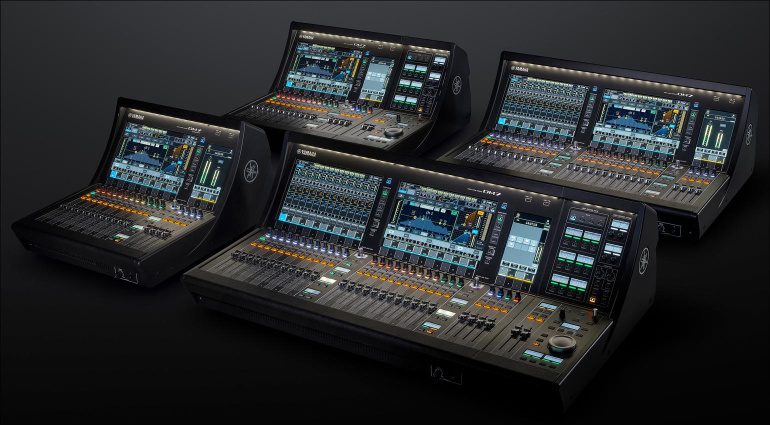


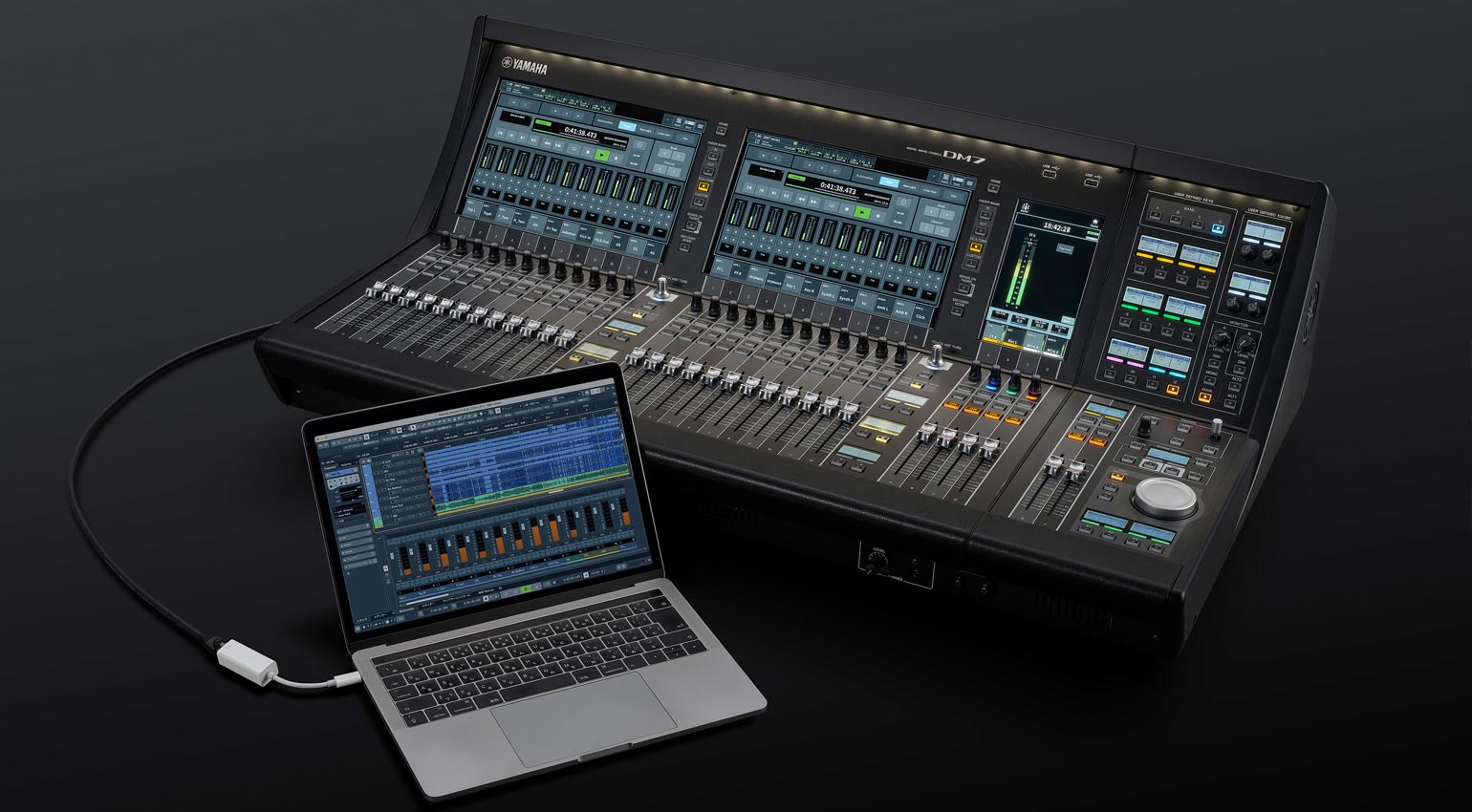
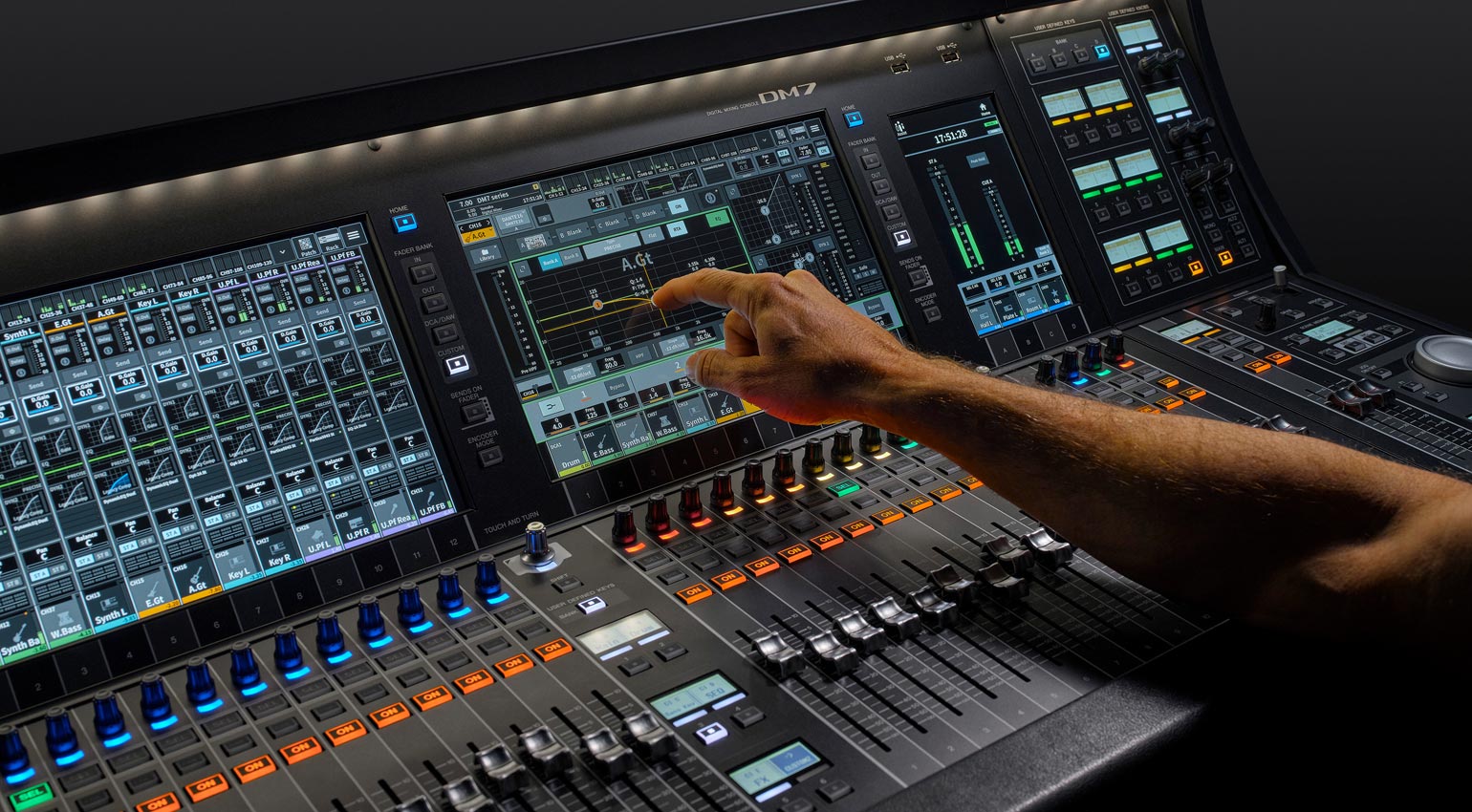


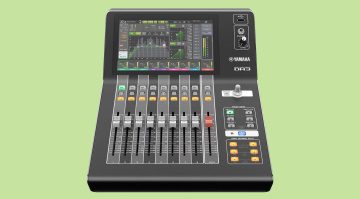
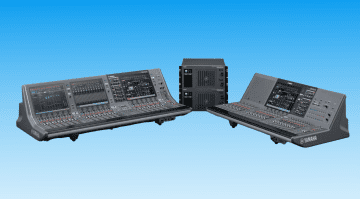
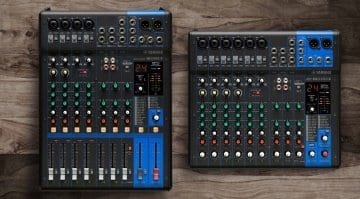
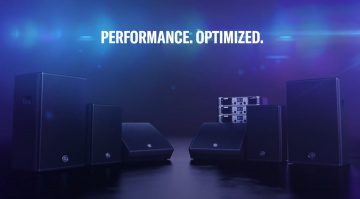

excellent